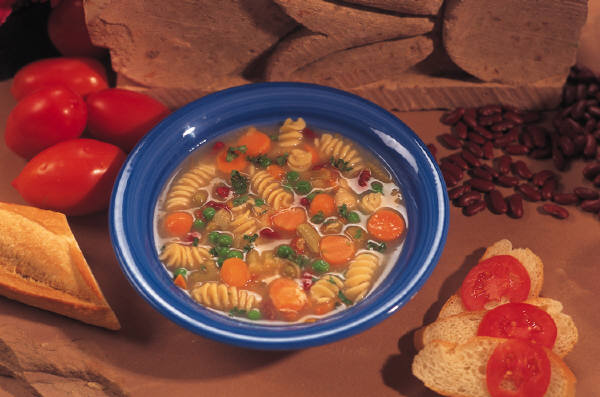During the cold days of late winter, families often rely on soups and stews as a staple of meal planning. Whether fixing an old family favorite or trying that new recipe you recently found on-line or in a magazine, we often find ourselves with more food than our family needs for one meal. Why not freeze those leftovers so they can be easily heated later?
- Prior to freezing soups or stews, transfer the food to shallow containers which are no more than two inches deep. This allows the food to cool more quickly.
- Do not stack the containers of warm food in your refrigerator – place them in a single layer on your refrigerator shelf.
- Once the soup or stew is cool, transfer the food to freezer-safe food containers. These containers are often made of a thick plastic which will break less frequently in the freezer. Food storage containers tend to break, causing loss of the food product and the time it took you to prepare the food.
- Be sure and package products only in amounts you can use.
- One last task before putting the food in your freezer – be sure to label and date the product.
- When placing the food containers in the freezer, place them in a single layer so they will freeze more rapidly.
- When reheating soup, make sure it is steaming hot (165⁰F).
- It is recommended that soups and stews be stored in the freezer at 0⁰F for 4-6 months.
Freezing homemade meals including soups and stews provides the same convenience of store-bought ones, however it’s much easier to control the sodium, fat or carbohydrate content of the food.
Author: Treva Williams, Extension Educator, Family and Consumer Sciences, Ohio State University Extension, Scioto County.
Reviewed by: Linnette Goard, Field Specialist, Food Safety, Selection and Management, Family and Consumer Sciences, Ohio State University Extension.


